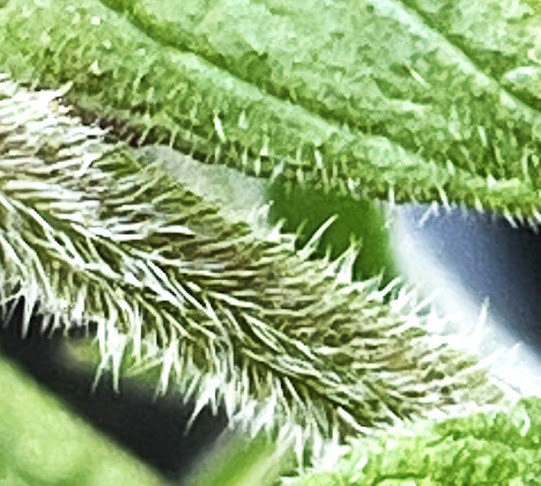Jellicoe update
Bad hair day!
Barry collected Jellicoe about 7.30 on Tuesday evening, together with antibiotics and pain killers. Huge swathes of fur had been shaved off in order that a glucose monitor could be attached to his skin, so that we could check his glucose levels regularly. It fell off, almost as soon as he jumped out of the cat basket, and the vet practices – three of them, fairly local to us – didn’t have any replacements. There are a number of diabetic cats in the area, and all the monitors have been distributed.
He also had a natty red bandage round one leg, presumably where a drip had been inserted. That has now disappeared, slowly descending the limb, until it fell off - the bandage, not the leg..
So, we cannot keep an eye on his glucose levels, but we can still count his breaths!! Yes, really! If his breathing becomes too rapid again, we will have to take him back to the vet immediately.
This is where Alexa (Amazon’s cloud-based voice service) comes in handy. The command is, ‘Alexa, timer, 15 seconds’, and we count the number of times Jellicoe breathes, then multiply by four to calculate the breaths per minute. A cat may take between 15 and 30 breaths per minute. Anything consistently over 40 is cause for concern.
For comparison, a healthy adult’s resting breathing rate is normally between 12 and 20 breaths per minute. (Mine is typically 15.7) For infants, 30 to 60 breaths per minute is normal. For dogs, 15 to 35 is considered standard.
To counter any possible infection, Jellicoe had been prescribed penicillin, to be taken by mouth. We put it in his food. He sniffed, took a cautious lick, and turned away. We tried it on one of his special treats. No dice!
I believe drenching is a normal method of dispensing medicines to farm animals, delivering the medication through a tube to the back of the throat. The canine version of this method, with a syringe, is easy, but using it for felines is much trickier, because of tiny mouths and sharp teeth. We managed to overcome those obstacles, but the liquid in the syringe, though not a huge amount, was spat out, all over us.
We think enough of the pain relief was absorbed by our somewhat miffed cat, but then we had to administer the antibiotic, and this time everyone in the vicinity ended up with some of it. This was followed by much foaming at the mouth – Jellicoe, that is, not Barry and me.
I cannot think such stress is beneficial for Jellicoe, and it’s not doing us a lot of good, either, but we shall persevere. Fortunately, Jellicoe is a very good-tempered cat, and never bites or scratches.
By the way, these medicines are labelled, ‘palatable,’ presumably by someone with no sense of taste!
Gilbert is always in the forefront when anything relating to something to be ingested is in the offing. Consequently, he has been liberally dressed in penicillin and ibuprofen. I noticed Jellicoe licking him a short while ago, so perhaps that’s the way to ensure that he gets the doses he needs.
The fur around Jellicoe’s ears and neck and mouth was quite stiff on his return home, so I think our experience of dosing him is not unusual. As he spits and shakes his head, the liquid lands on his coat, and dries, rather in the way that hair conditioner stiffens if not rinsed out. After all, if the veterinary experts have difficulties, what hope is there for mere civilians?
By Thursday, Jellicoe was more alert and had resumed his ‘call to food’ at four-hourly intervals.
Today, Saturday, Jellicoe is fully recovered, attacking Herschel if he happens to be in the way. The
assault is a quick nip, so nothing very serious, but poor Herschel is not keen
on such attention.
I remembered the 'scruffing' method of administering medicine and that has worked quite well.
When mother cats transport their kittens, they pick them up by the scruff of the neck. They react by becoming limp and therefore easier to carry. Scruffing an adult cat doesn't make it go limp. I hold the scruff of Jellicoe's neck while he's on my lap. I don't attempt to hold him up! That would be painful for him.
My
interpretation, which may be entirely incorrect, is that it awakens memories of
kittenhood and brings about a similar acquiescence. Whatever, we have reached the end of the medicines
now, and life can return to normal . . . until the next bank holiday!












.jpg)
,_Playa_de_Boulders,_Simon's_Town,_Sud%C3%A1frica,_2018-07-23,_DD_11.jpg)













.jpg)



.jpg)
.jpg)




.jpeg)




